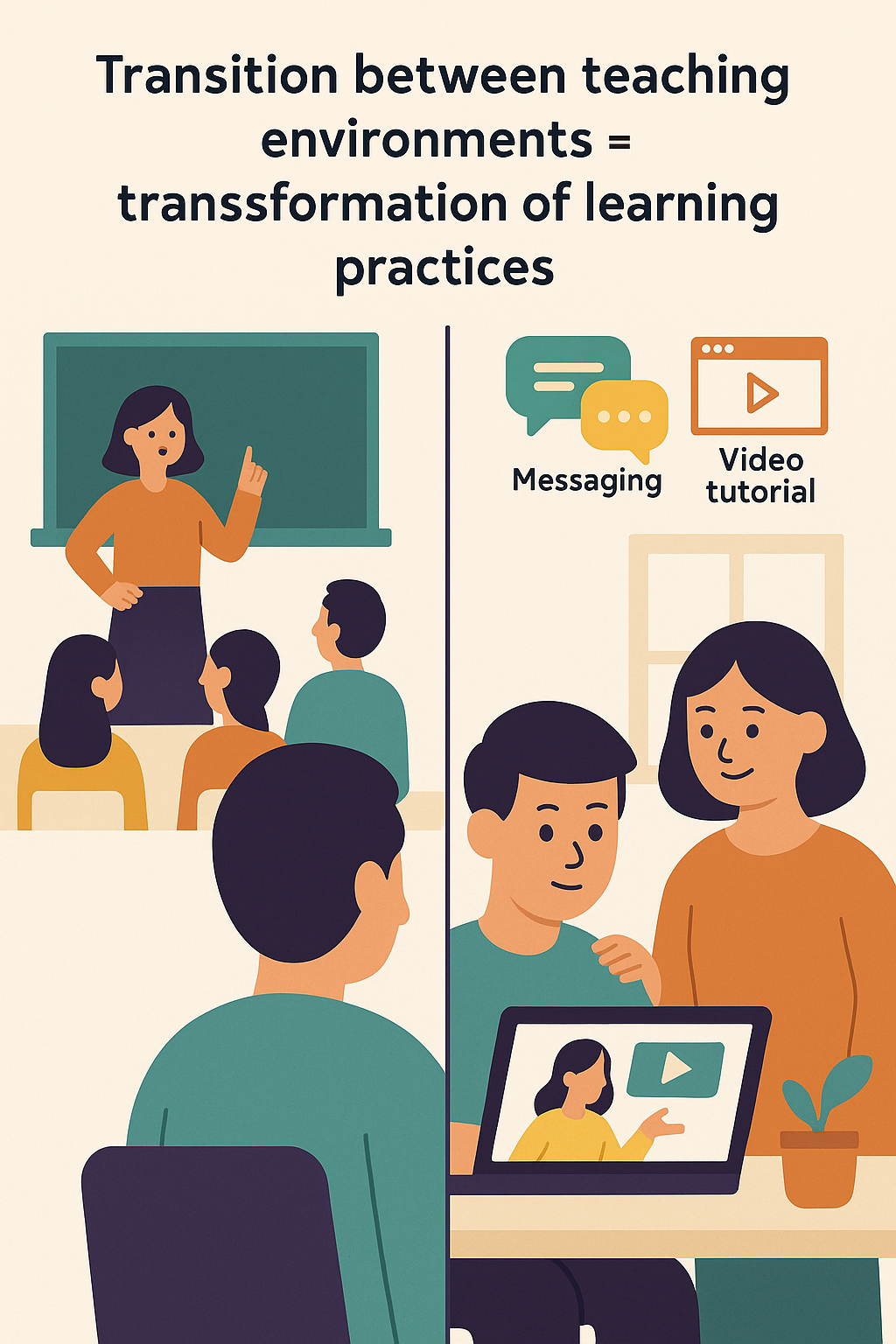Overview
This exploratory research investigates how students’ learning practices transformed during the abrupt shift to remote education due to the COVID-19 pandemic. Conducted across all educational levels—from primary school to university—in the canton of Fribourg (Switzerland), it draws on 19 detailed case studies using the MEPA method (Modeling of Personal Learning Environments).
Key Findings
- Friction and Congruence: Most learners experienced a constructive friction—disruption that challenged and transformed their learning strategies positively. However, destructive friction was more common at the primary level.
- Personal Learning Environments (PLEs): Using MEPA, researchers revealed significant reconfigurations in learners’ PLEs—shifts in tools, strategies, support structures, and self-regulation levels.
- Digital Shift and Parental Involvement: All participants faced a digitization of their learning environment. In primary education, parental involvement became essential, raising concerns over digital inequality.
- Rise of Informal Learning: Many learners initiated self-directed or non-formal learning practices beyond school tasks, showcasing resilience and adaptability.
- University Students’ Autonomy: At the higher education level, students with well-developed self-regulation adapted better and even thrived in more flexible, learner-centered online settings.
Implications
The report highlights the need to prepare educators and learners for transitions—whether sudden (like a pandemic) or planned (such as academic progression). It calls for deeper integration of personal learning environments into pedagogical design and underscores the value of documenting learners’ experiences in detail to inform more inclusive, responsive educational systems.
